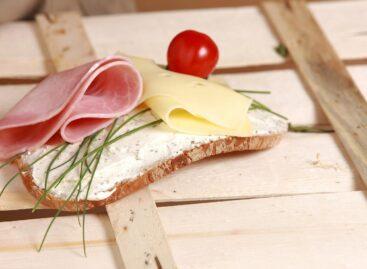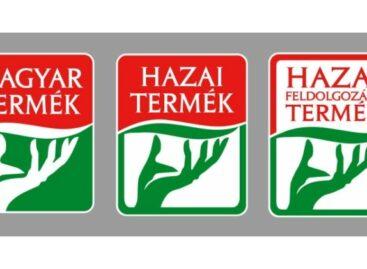Magazine: Fishermen, fishermen, what is in your net?
Hungary’s aquaculture has been acknowledged worldwide for decades, especially fish farming in lakes. If the Hungarian Fisheries Operational Programme for the 2014-2020 period is implemented successfully, fishing may become one of the most dynamically developing sectors in Hungary, especially because catch limits have been introduced in sea fishing. At the same time the industry is still having difficulties in adapting to changes in consumption habits. According to FAO data from 2013, Hungary is the third biggest carp producing country in the European Union with a volume of 9.6 thousand tons, after Poland (18.8 thousand tons) and the Czech Republic (16.8 thousand tons). In the EU Hungary was the biggest breeder of African catfish in 2013. Hungary’s fisheries sector (fish from aquaculture + fish caught from natural waters) produces fish for human consumption in the value of HUF 11-12 billion a year. Unfortunately the net wages of those employed in the sector are less than 75 percent of the national average. Still, the fisheries sector managed to remain profitable after Hungary’s political transformation in 1990. Data from 2014 processed by the Agricultural Economics Research Institute (AKI) indicates that 24,033 hectares of lakes were used for fish breeding in Hungary from the 29,349 hectares available for this purpose. Last year 50 hectares of new fishing lake were created. It costs HUF 5-10 million to build a new fish pond and the investment only returns in about 30 years. Hungarian fishermen have no problem with sea fish import, they think that if demand for sea fish is growing, freshwater fish sales will grow, too. In 2014 per capita fish consumption was 3.78kg in Hungary – together with canned fish and processed products it was 5.31kg. 67 percent of fish produced in aquacultures is carp.
Related news
Related news
What do shoppers say about the new retail tools?
At the beginning of the year, Consumer Panel Hungary GfK–YouGov asked panel…
Read more >Special foods ranking: 1. Diabetic, 2. Low-carb, 3. Lactose-free
Different special diets and foods are frequently discussed, and it…
Read more >Community in the community
The recent MasterWorks business workshop of Hungarian Product Nonprofit Kft.…
Read more >



